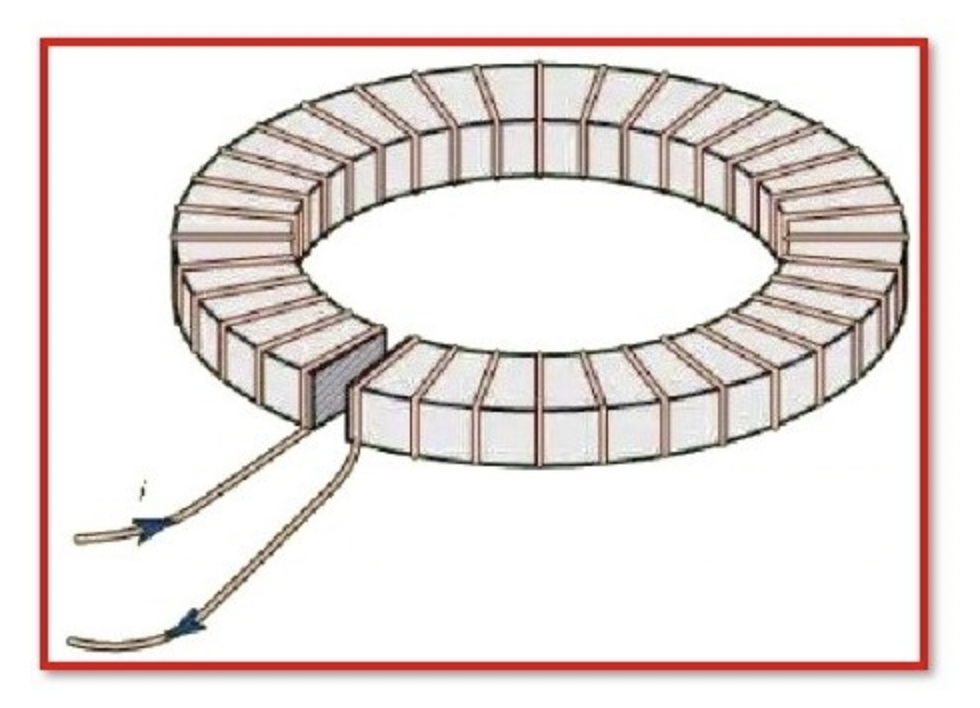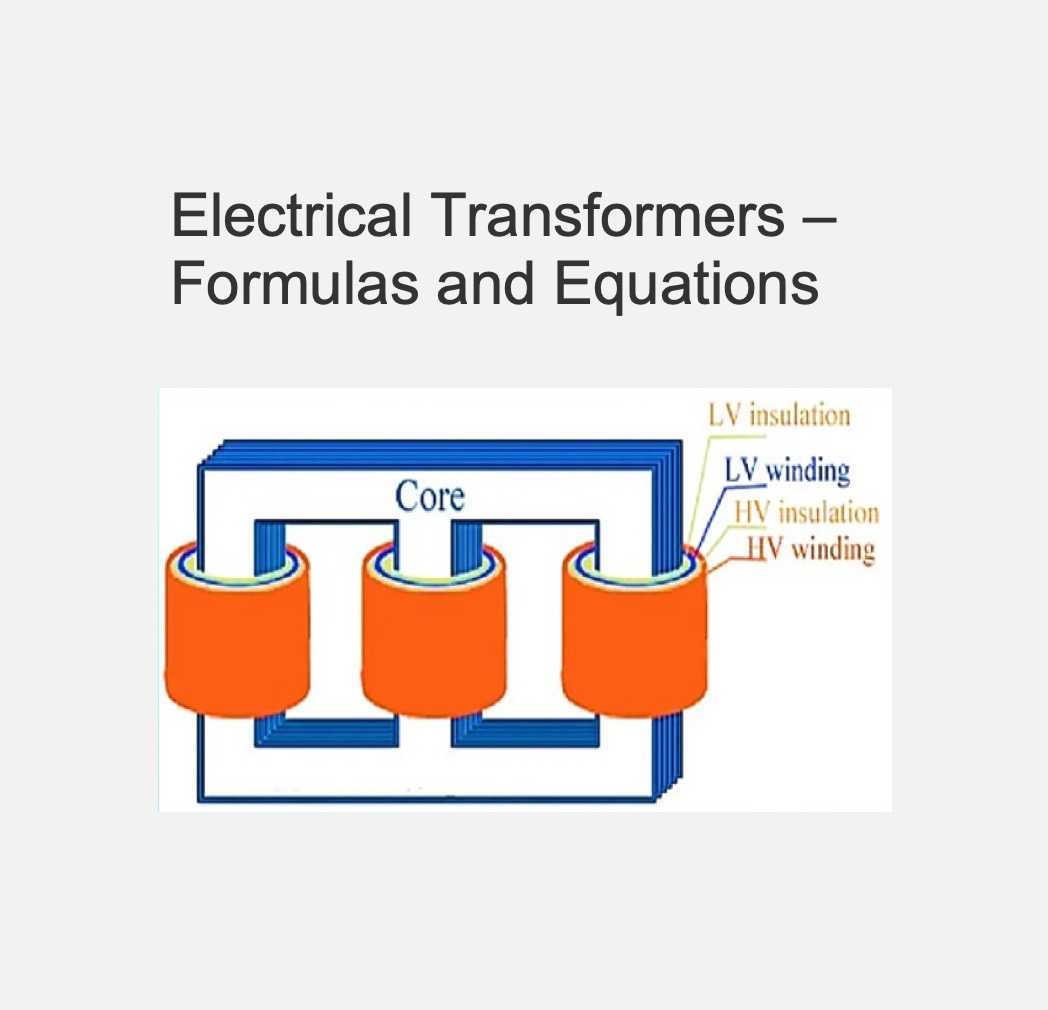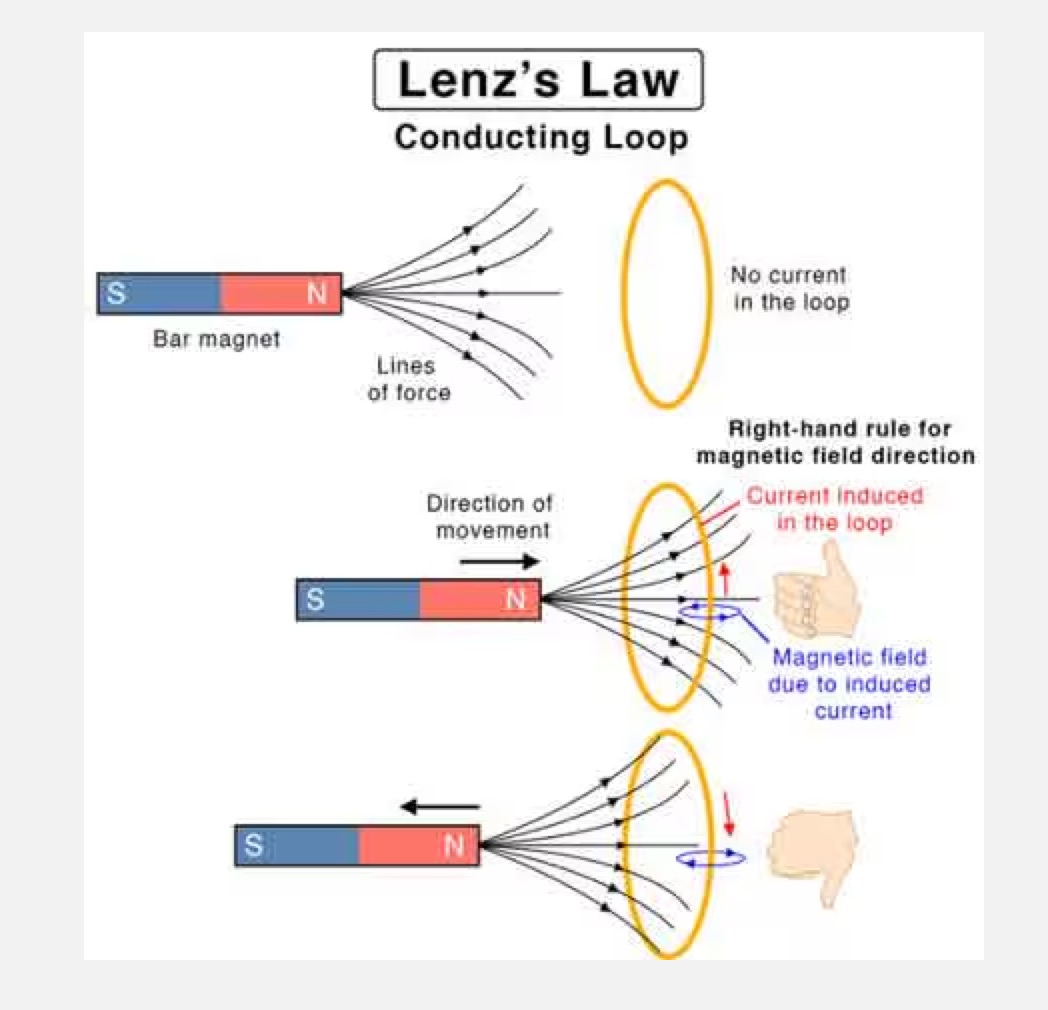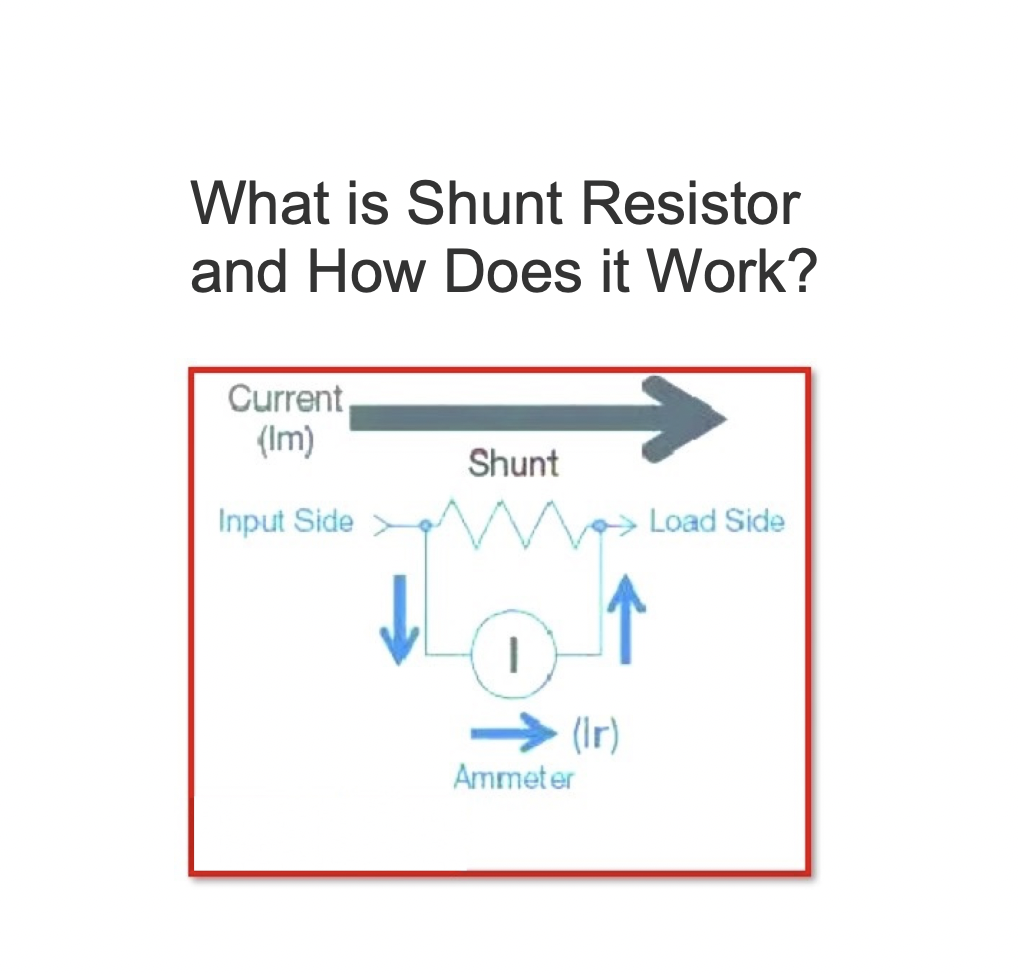Hopkinson’s Law
Hopkinson’s Law is a relationship in materials science that describes the behavior of materials under high strain rates. It states that the stress of a material is proportional to the strain rate at which it is deformed. Hopkinson’s Law is named after Sir Benjamin Baker Hopkinson, who first proposed it in the early 20th century.

Hopkinson’s Law Mathematical Expression:
Mathematically, Hopkinson’s Law can be expressed as:
σ = k ε̇
where:
σ – The stress of the material
k – The material’s strength coefficient
ε̇ – The strain rate at which the material is deformed
Hopkinson’s Law is based on the idea that the stress-strain behavior of a material changes at high strain rates. At low strain rates, a material exhibits linear elastic behavior, meaning that its stress is directly proportional to its strain. At high strain rates, however, the material exhibits nonlinear behavior, and Hopkinson’s Law can be used to predict its stress-strain behavior.
Hopkinson’s Law is useful for understanding the behavior of materials under dynamic loading conditions, such as those encountered during high-velocity impacts or in explosively-driven systems. It is also useful for designing materials and structures that can withstand high strain rates, such as those used in the aerospace and defense industries.
Statement: Respect the original, good articles worth sharing, if there is infringement please contact delete.
As an electrical engineer with 5 years of experience, I focus on transformer and circuit breaker reliability in 110/33-11kV and 33/11kV substations. I am a professional electrical engineer with experience in transformer service and maintenance.













